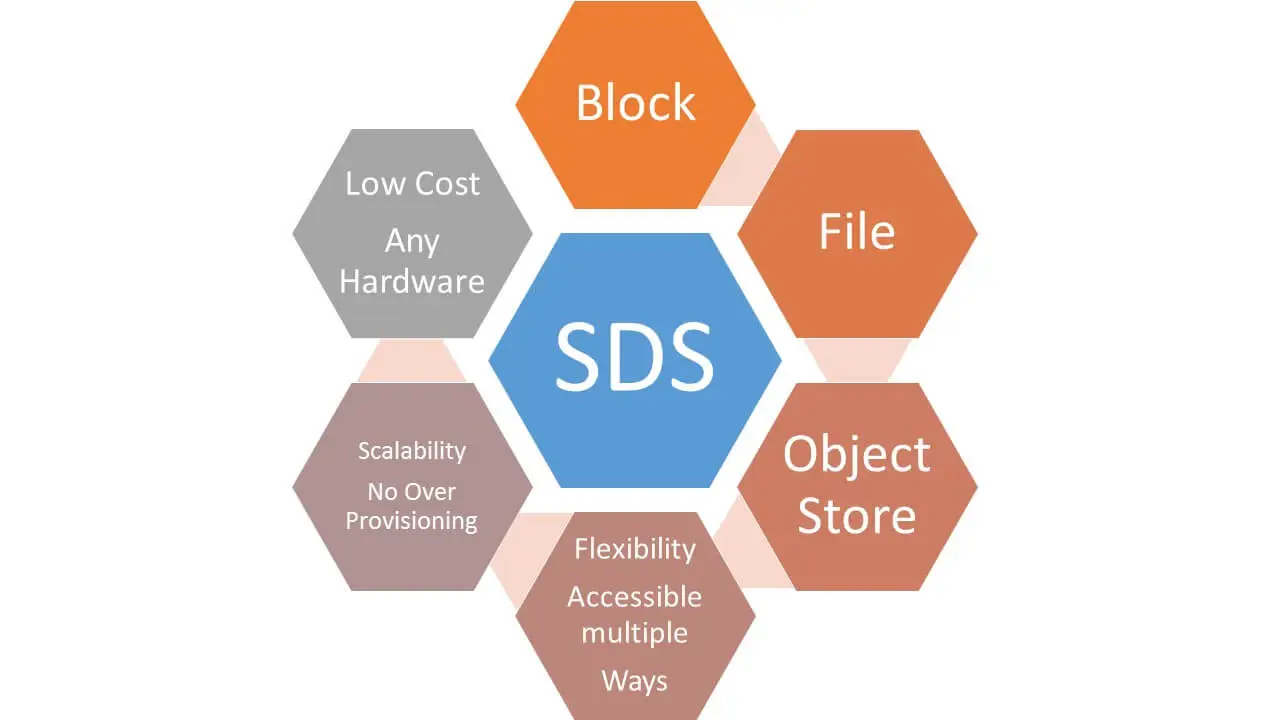Software-defined storage (SDS) is a popular storage architecture that tends to separate storage software from its hardware. As opposed to traditional storage area network (SAN) systems and network-attached storage (NAS), SDS is commonly designed to perform on any industry-standard or x86 system, thereby removing the dependency of software on proprietary hardware.
Even though it is not easy to intuitively understand how developers can separate storage hardware from software, earlier, Anand Jayapalan had spoken about how the practice of abstracting one from the other is pretty common. SDS specifically applies this to such data storage. Hybrid cloud environments are one of its most relevant examples. These platforms can help combine private and public server space with the help of a combination of network or software orchestration. The user of the cloud essentially experiences the platform as a single entity. Similarly, software virtualization makes use of programming techniques and applications to abstract storage hardware and present a unified interface for end users or other platforms. With an SDS solution, varied dispersed servers hosting different types and volumes of hardware space are able to function as a single storage entity.
The advantages of SDS are derived from the combination of virtualization and orchestration. Its prime advantageous features include:
- Device-Agnostic Infrastructure: A prime benefit of SDS is the underlying hardware is not relevant as such, as long as it is able to interface with the solution. A company may use multiple types of hardware as part of its solution, and its impact on actual storage is minimal, particularly for the end users and administrators. Moreover, companies are able to use exactly the type of hardware they need without having to worry about compatibility with critical services and features provided by the SDS.
- Pooled vs. Hierarchical Storage: Hierarchical storage has been the de facto way to organize data centers and collected storage efforts for years. However, SDS is able to provide greater scalability and flexibility by switching to a pooled approach where hardware can enter and leave the storage pool as required.
- Scalability: SDS allows organizations to expand their storage infrastructure easily. As storage demands grow, additional resources can be added without disrupting operations. This scalability is crucial in today’s dynamic business environment where data volumes are constantly increasing. SDS helps companies to scale up or down based on their specific needs, ensuring optimal resource utilization.
- Programmability: By making use of built-in automation, companies would have a better control of how their storage functions. This facilitates more robust governance capabilities over storage aspects like security, performance or even operations-specific functionality.
- Cost-efficiency: The combination of hardware flexibility and scalability helps make sure that companies can promptly deploy considerable storage resources without elevating costs related to managing physical storage.
Earlier, Anand Jayapalan had spoken about how SDS supports dynamic resource allocation, allowing administrators to allocate, reallocate, and optimize storage resources on the fly. This flexibility is important in environments where workloads and data access patterns change rapidly. SDS makes sure that storage resources are allocated based on actual demand, ultimately preventing over-provisioning and optimizing the use of available resources.








